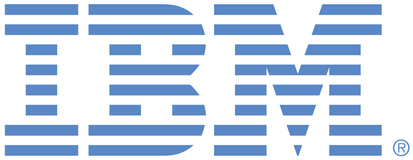About cookies on this site Our websites require some cookies to function properly (required). In addition, other cookies may be used with your consent to analyze site usage, improve the user experience and for advertising. For more information, please review your options. By visiting our website, you agree to our processing of information as described in IBM’sprivacy statement. To provide a smooth navigation, your cookie preferences will be shared across the IBM web domains listed here.

IBM Sustainability Software - Ideas Portal
Hide about this portal
This portal is to open public enhancement requests against the products and services belonging to IBM Sustainability Software. To view all of your ideas submitted to IBM, create and manage groups of Ideas, or create an idea explicitly set to be either visible by all (public) or visible only to you and IBM (private), use the IBM Unified Ideas Portal (https://ideas.ibm.com).
Shape the future of IBM!
We invite you to shape the future of IBM, including product roadmaps, by submitting ideas that matter to you the most. Here's how it works:
Search existing ideas
Start by searching and reviewing ideas and requests to enhance a product or service. Take a look at ideas others have posted, and add a comment, vote, or subscribe to updates on them if they matter to you. If you can't find what you are looking for,
Post your ideas
Post an idea.
Get feedback from the IBM team and other customers to refine your idea.
Follow the idea through the IBM Ideas process.
Specific links you will want to bookmark for future use
Welcome to the IBM Ideas Portal (https://www.ibm.com/ideas) - Use this site to find out additional information and details about the IBM Ideas process and statuses.
IBM Unified Ideas Portal (https://ideas.ibm.com) - Use this site to view all of your ideas, create new ideas for any IBM product, or search for ideas across all of IBM.
ideasibm@us.ibm.com - Use this email to suggest enhancements to the Ideas process or request help from IBM for submitting your Ideas.
Since the ELM FuSa Qualification assessment was recently completed, it would be seriously appreciated if IBM engaged in the gap analysis where this finding was presented. The problem is in baseline integrity assurance over time. If an approved artifact in a baseline does not change from one baseline to the next, then all is well, and behavior is expected. Providing external DIFF analysis of the compare configuration output in CSV/XL form will accomplish. However, when DIFF exposes an unexpected change, it becomes a forensic analysis into what the change and why the change. In effect these changes can come in form of LEGAL change [Those inside approved change process] and those if ILLEGAL change [the nature of the FUSA Audit fining] where the compromised artifact has no forensically proven/justified reason for change. This kills the FUSA integrity assurance of IBM solution. AND we have proven this condition, while rare, exists through all kinds of heavy effort and reporting. But effectively all the change state data already resides in the system and self-checking could be built in. To get the job done.
See: https://www.ibm.com/docs/en/engineering-lifecycle-management-suite/doors-next/7.0.3?topic=application-compare-configuration-report
What else would be needed to fulfill this idea?